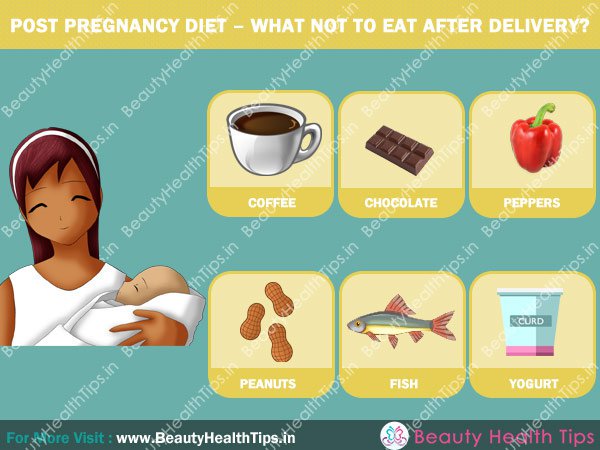While most experts argue that there is no “right time” when it comes to starting a family, however, there are a number of advantages and disadvantages when it comes to getting pregnant. Not only do the fertility rates fluctuate over time, but also there are a number of other concerns that can plague the individual. If you are looking for the best time to have a baby, here are some things you should consider regarding the pros and cons.
Age 20-24
The body
These are the most fertile years for the body with the periods being regular and ovulatory. There is a 20% chance of conceiving with a very low chance of hypertension and half the risk of gestational diabetes during this period.
Emotional state
This is a period where women face a number of body image issues that can complicate the pregnancy. This is the time where people focus on their marriages and jobs, making the introduction of a baby, difficult.
Risk to the baby
With a miscarriage rate of 9.5%, this is the lowest risk period for the child. The baby is less likely to be born with birth defects (1 in 1667) or chromosomal abnormalities (1 in 526).
Ages 25 to 29
Your body
With exercise and a proper diet, you can have an easier delivery and retain your pre-pregnancy body. This is the time of optimal health and conceiving at this time can help reduce the risks of breast cancer and ovarian cancer.
Emotional state
Due to a more established work life and married life, this may be a good time to handle the stresses and changes of parenthood.
Risks to the baby
With a slightly higher miscarriage rate of 10%, this is a good time for a low risk pregnancy. The chances of chromosomal (1 in 476) or other developmental abnormalities (1 in 1250) are also slightly higher than that of the 20-25 and are more or less negligible.
Ages 30 to 34
Your body
The rate of fertility starts declining at the age of 30. The success rates of infertility treatments are higher in this period with IVF success rate being 25-28% which reduces to 6-8% at the age of 40. The rate of cesarean section births is twice as high as those for women in their 20’s.
Emotional state
This is the time when women feel the most ready to have a child as they are more settled in life and have the resources and energy to do it. However, there is a concern about their ability to retain a job
Risk to the baby
Miscarriage rates are 11.7% with the risk of Down Syndrome being 1 in 952 and chromosomal abnormalities being 1 in 385.
Ages 35 to 45
Your body
Fertility goes on declining after the age of 35 with the sharp decline starting at 38 due to the aging of the ovum. Infertility is harder to treat during this period and many patients are not accepted at most infertility clinics if you are above 38. The risk of elevated blood pressure doubles, hypertension rates are 10-20% and gestational diabetes is 2-3 times more likely with the probability of having a C-section being twice as high.
Emotional state
Prenatal screening and amniocentesis, typically recommended at this time can cause anxiety.
Risk to the baby
Multiple birth(twins or triplets) rates increase during the time. The miscarriage rate is around 18% with twice as high rates of stillbirth.
Ages 40 up
Your body
It is harder to get pregnant, 5% per cycle with 25% chance of success for infertility treatments. The possibilities of high blood pressure, diabetes and birth complications multiply during this time, with higher risks of pre-term babies and stillbirths.
Emotional state
While people are more experienced, wiser and more financially stable at this time with the ability to be less stressed about the experience, they have less energy overall.
Risks to the baby
The rate of miscarriage is 24% at 40s, 38% at 43 and 55% at 44. Babies are at higher risk of Type 1 diabetes and elevated blood pressure. With a 1 in 100 chances of conceiving a child with Down syndrome at 40 and 1 in 30 at 45, it is recommended to get tests.s
Thus, the optimal time to get pregnant is in the 20’s, though this may depend on the resources and financial situations that people are in. It is a good idea to weigh out the pros and cons and discuss with your partner before starting to plan for a child.





